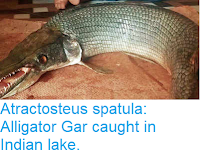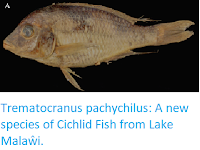Officials from the UK Environment agency investigating reports of dead Fish in the Kennet & Avon Canal at Devizes in Wiltshire, England, have concluded that they died of oxygen starvation due to a lack of boat traffic on the canal. The investigation began after members of the public reported seeing a quantity of dead Fish, including at least 20 large Carp, on a section of canal near Town Bridge in the centre of Devizes. The Fish were found to have died of oxygen starvation, which is in turn thought to have been caused by a lack of traffic on the canal, as people have stopped boating for leisure during the Coronovis epidemic. Canals are essentially a series of long, narrow and shallow ponds, linked together by locks (devices used for raising and lowering boats between stretches of water of different levels on river and canal). Under normal circumstances traffic on the canal keeps water flowing between different sections of canal through the locks, maintaining oxygen levels within each section, but the drop in traffic due to the Coronovirus outbreak has stopped this, isolating sections of the canal, and enabling oxygen levels to drop.
Dead fish in the Kennet & Avon Canal at Devizes in Wiltshire. Trevor Porter/Wiltshire Times.
Water is able to hold less dissolved oxygen at higher temperatures than when it is cooler, so enclosed pools exposed to direct sunlight are dangerous to aquatic organisms dependent on dissolved oxygen, particularly in warmer weather. The presence of excess nutrients in the water, such as waste oil from boats, discarded food, or even bread given to Ducks and other waterfowl by well-intending Humans can lead to eutrophication
events; dramatic increases in the quantity of Bacteria in the water, which then use all the available
oxygen in the water, leading other organisms to asphyxiate. Some aquatic Bacteria and other micro-organisms also produce toxins that can build up in the water killing larger organisms, even those not dependent on dissolved oxygen for survival.
How lochs connect sections of canal, but also break them into smaller pools more at risk of eutrophication. WikiHow.
See also...
Follow
Sciency Thoughts on Facebook.








